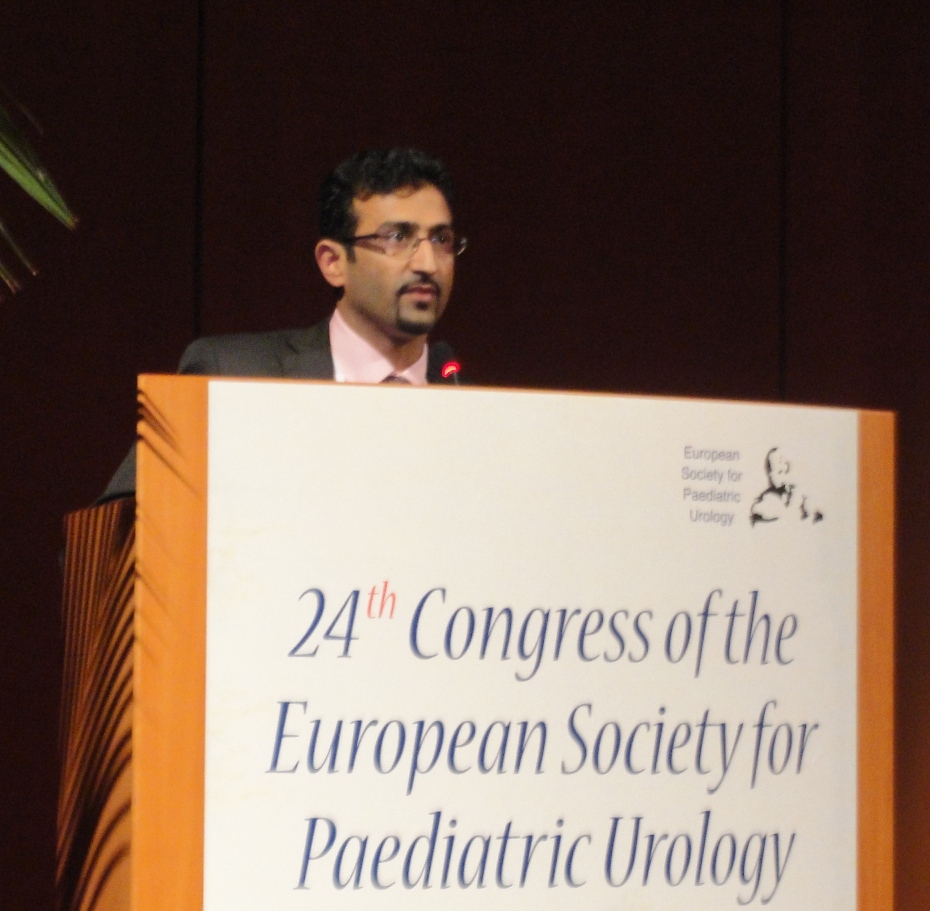Hypospadias is a very common birth defect affecting up to 1/150 newborn baby boys. In the current era most of the couples choose to have one or maximum two children and that too with a lot of planning. The moment the newborn baby boy is diagnosed to have hypospadias – besides distress and worry for the baby’s health and future parents also start worrying about other things. These are:
- When should the surgery be done
- Where and by whom should the surgery be done
- What will be the long term outcome after surgery
- How much is the hypospadias repair surgery going to cost
While the first three questions have been answered elsewhere, the last question forms the substance of this blog. Parents always worry ” Is hypospadias repair surgery going to be very expensive?, Would my insurance policy pay for hypospadias surgery since hypospadias is a birth defect”
The cost of hypospadias repair surgery varies according to the type & severity of the hypospadias, type of surgical technique, time taken by the hypospadias surgeon, assistant used or not and finally type of room taken- general ward or shared room or a single deluxe room.
- Elaborating further – for a mild variety of hypospadias like glanular/ distal penile hypospadias with mild chordee, an expert hypospadias surgeon will take under one hour for surgery, work without assistant surgeon and the charges may start from 1000 US Dollars (60,000 Indian rupees) while for a severe hypospadias such as scrotal/ perineal hypospadias the charges may go upto 3500 US dollars (2,00,000 Indian rupees) for a single stage urethroplasty.
- Some of the hospitals in Mumbai may be more expensive than say for example Hypospadias Foundation at MITR Hospital in Navi Mumbai.
- For some of the severe hypospadias a staged urethroplasty repair may be needed and then the budget may extend further but this happens in less than 5% of the cases. Though at Hypospadias Foundation located at MITR Hospital in Kharghar, Navi Mumbai, majority of our hypospadias repair surgeries are single stage urethroplasty surgeries, still in 4-5% of the children referred to us, the hypospadias may have a very severe chordee necessitating a two stage approach for better long term outcomes.
Hence, the actual charges of hypospadias repair can only be decided after a full hypospadias examination and discussion with the parents face to face.
Similar hypospadias surgery in USA carries upto ten times the charges and maybe 5-6 times of Indian charges in Europe. When looked at in context of India, though most of the families are able to afford these expenses, for some indian families these may still be high. Some of these families get support from Hypospadias Foundation either as medical consumables support or by way of some discounts in surgeries at Hypospadias Foundation. We have tried to ensure a policy of NEVER Saying NO to a child with hypospadias for economic reasons. If the intent is right, money comes in as Donations etc.
Coverage of Hypospadias by Insurance Companies:
Hypospadias being a birth defect is generally not covered by most of the insurance companies in India atleast while in USA, UK it is covered under insurance benefits. Some of the corporate insurance group covers do include all pre-existing as well as birth defects for their employees and hence hypospadias repair procedure may be covered by the insurance company by some of these companies.
In the other cases, the parents usually end up paying up these charges by themselves out of their own pocket. For new parents working in a job or middle class environment this may be stressful. What helps is that Hypospadias repair surgery is a planned procedure. It can be done anytime between 6 months-15 months of age giving parents enough time to rally around and arrange everything from money to other resources. Hence, it is best that they meet a hypospadias expert or a pediatric urologist early on in first 1-2 months and then learn everything about the charges, hospital stay, pre-hypospadias surgery tests and then get mentally prepared for the actual surgery.
Please feel write to us for an opinion at hypospadiasfoundationindia@gmail.com or fill this contact form Contact Hypospadias Foundation
Contact Form for Hypospadias Foundation
Please fill all clinical details and upload pictures and clinical summaries (if available)

